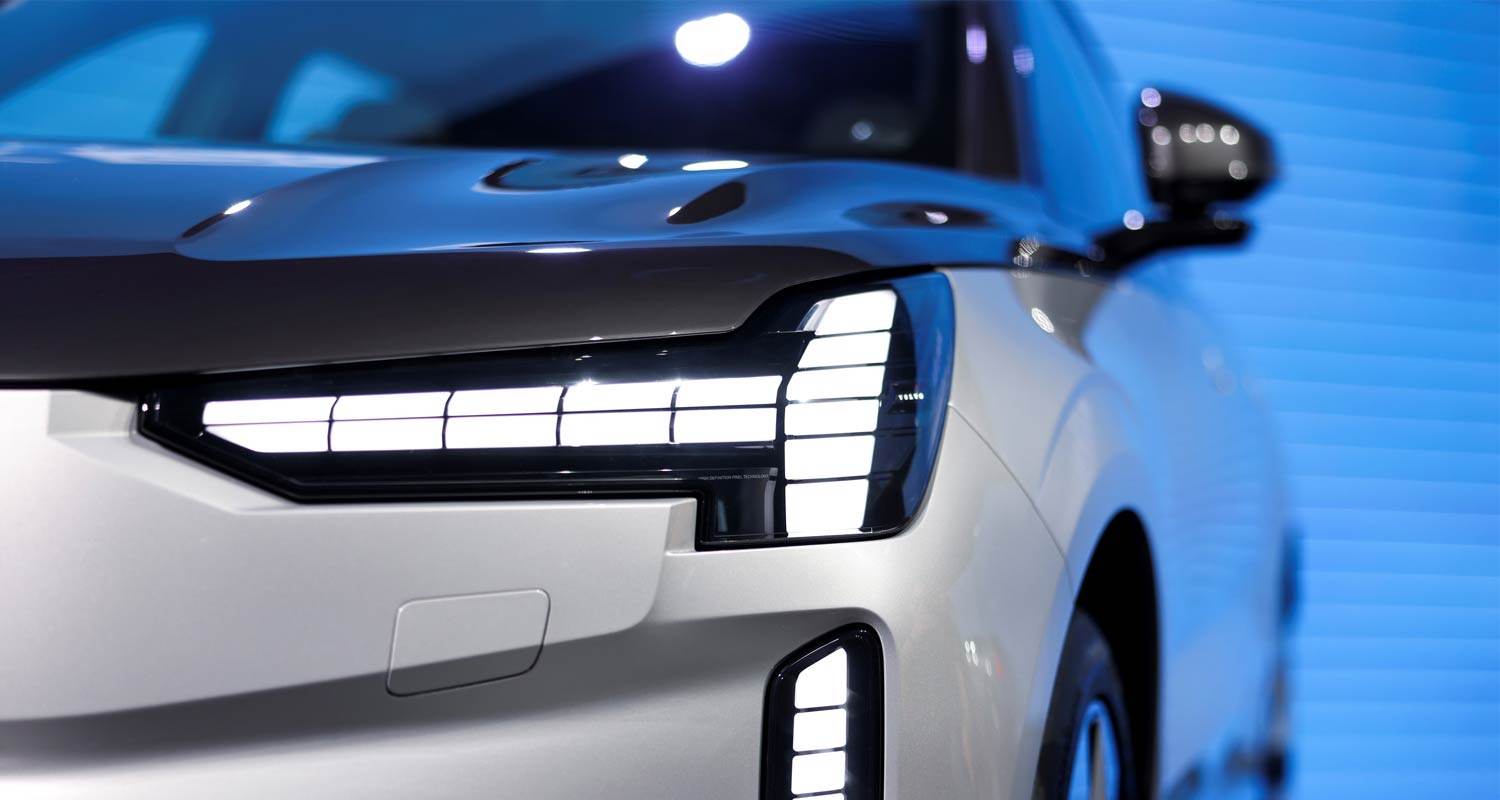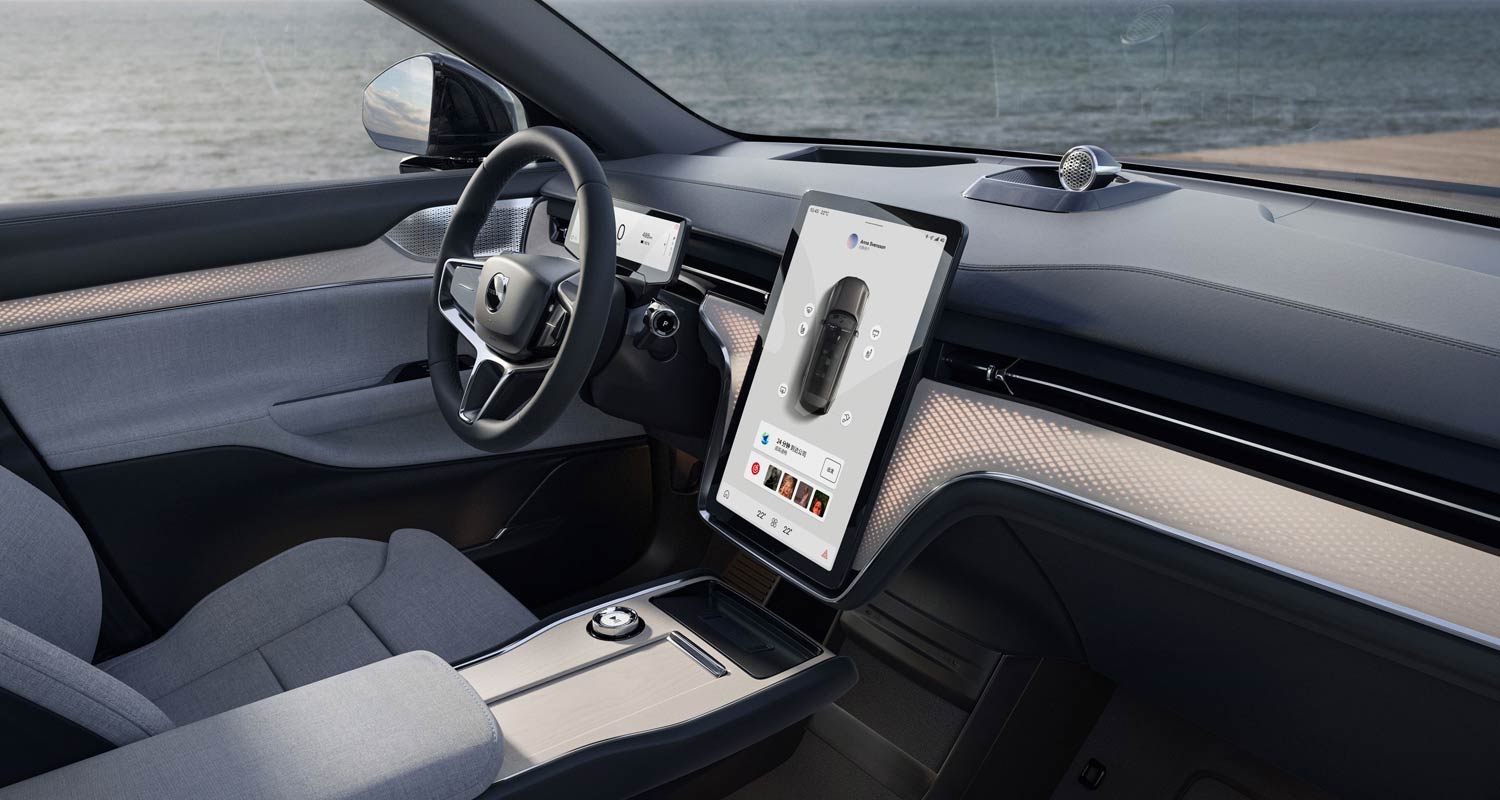Even though Volvo Cars is closing dealerships in South Africa, the Chinese-owned Swedish marque insists it is in the country to stay – and is, in fact, doubling down on its strategy of aggressively pursuing market share in the premium electric vehicle space.
The company, which launched its range-topping EX90 battery-electric vehicle in South Africa at the end of March in Stellenbosch – which TechCentral attended – said it is aiming for 20% market share in EVs, by unit sales, though it didn’t specify by when.
It also said at the EX90 launch that it plans to introduce four new EV models in South Africa during the course of 2025, including the ES90 – effectively the sedan version of the EX90.
But Volvo’s global aspiration to become a fully electric brand by 2030 faces particular obstacles in South Africa, where infrastructure limitations and the absence of the sort of robust consumer incentives seen in many other markets are slowing the transition from internal combustion engines.
Consequently, the company acknowledges that achieving complete electrification in South Africa might have to be extended until 2033. Despite this, Volvo said it remains dedicated to the transition, drawing inspiration from successful electrification strategies in Brazil and Mexico.
The EX90, which costs R2.65-million, represents a big step in the journey to new energy vehicles, serving as a technological flagship and a key driver in reshaping brand perceptions about Volvo.
Key facts about the EX90
- Powertrain:
- Twin electric motors, all-wheel drive
- Power: 380kW
- Torque: 910Nm
- Battery:
- 111kWh battery capacity (107kWh usable)
- Claimed range: about 600km
- Performance:
- 0-100 km/h: 4.9s
- Top speed: 180km/h
- Charging:
- DC fast-charging capability up to 250kW
- Other key features:
- Advanced driver-assistance systems (Adas) with Lidar, cameras and radar
- Five-inch central touchscreen infotainment system with Google built in
- Nine-inch digital instrument cluster
- Premium audio system (Bowers & Wilkins)
- Seven-seat configuration
- Air suspension
Visually, the EX90 adheres to Volvo’s established Scandinavian design principles, emphasising minimalism and clean aesthetics. Recognisable features like the “Thor’s hammer” LED headlights ensure continuity with the brand’s identity.
However, a notable and somewhat divisive design element is the prominent Lidar sensor positioned atop the windshield. This advanced technology significantly enhances the vehicle’s safety capabilities by detecting potential hazards up to 250m away, day or night. But despite its safety benefits, the sensor’s conspicuous placement drew mixed opinions during the launch event, with some feeling it detracted from the vehicle’s otherwise sleek silhouette. Aside from this, the EX90’s design is relatively understated.
Inside, the EX90 offers a luxurious and modern environment – which is to be expected at this price point. The cabin impresses with its use of high-quality, soft-touch materials and excellent perceived build quality.
…article continues below…


A feeling of spaciousness is amplified by the expansive glass areas, including a large standard panoramic sunroof.
As a seven-seater, it provides comfortable accommodation, especially in the middle row, which offers generous head and legroom suitable for adults. The rearmost third row, however, is more constrained and best suited for children or shorter journeys. When configured as a five-seater by folding the third row, the EX90 boasts a substantial 655l of boot space.
Central to the dashboard is a large, 14.5-inch vertically orientated touchscreen. This system operates on an Android-powered interface, seamlessly integrating Google services like Maps, Google Assistant and other downloadable apps. While feature-rich, the heavy reliance on this touchscreen for controlling numerous functions – including climate settings, opening the glovebox and activating hazard lights – is a drawback, especially for those who prefer tactile buttons. Some people find the lack of physical buttons for essential controls potentially distracting while driving.
A standout feature in the cabin is the optional Bowers & Wilkins audio system, boasting 25 speakers, 1 610W of power and Dolby Atmos integration, delivering a remarkably immersive and high-fidelity sound experience deemed a significant upgrade over previous Volvo systems.
On the road, the twin-motor EX90 delivers substantial performance: up to 380kW and 910Nm of torque. Volvo claims a brisk 0-100km/h acceleration time of 4.9s, a figure that felt entirely credible during our brief test drive. Drivers can adjust settings via the infotainment system, modifying regenerative braking intensity and engaging a “Performance” mode for more immediate throttle response.
Despite the vehicle’s considerable weight (almost 2.8t), the standard air suspension ensures a serene and composed ride. However, like many large EVs, the steering lacks detailed feedback and the sheer size and weight contribute to a feeling of detachment for the driver, even amid the impressive acceleration and capable handling. The EX90 prioritises quiet comfort and technological sophistication over dynamic driver engagement.
Dealerships closed down
On its decision to close a number of its dealerships in South Africa, Volvo said it is partnering with larger groups capable of investing in the brand and providing a premium customer experience. “The business has to make sense for both parties,” explained a company representative.
The number of dealerships has been reduced from 19 to just seven, with a focus on the major cities. This consolidation aims to ensure that remaining dealerships are profitable and can provide the necessary infrastructure and customer service.
Read: Popular Volvo EX30 recalled on software bug
Volvo is also exploring online sales channels, directing leads to local dealerships to facilitate the final purchase.
Volvo is actively working to shed its traditional image of being an old man’s car brand and to appeal to a younger, trendier audience. The company’s design evolution, particularly with models like the EX90, has played a crucial role in transforming this brand perception, it said.
Volvo remains optimistic about the South African premium market’s potential, despite current economic challenges and increased competition from Chinese brands.
Volvo is also investing in charging infrastructure, partnering with GridCars to expand the charging network and offering free charging to its customers. – © 2025 NewsCentral Media
Get breaking news from TechCentral on WhatsApp. Sign up here.
Don’t miss:
TCS | The Volvo EX30 electric car, reviewed by an owner
Crédito: Link de origem


